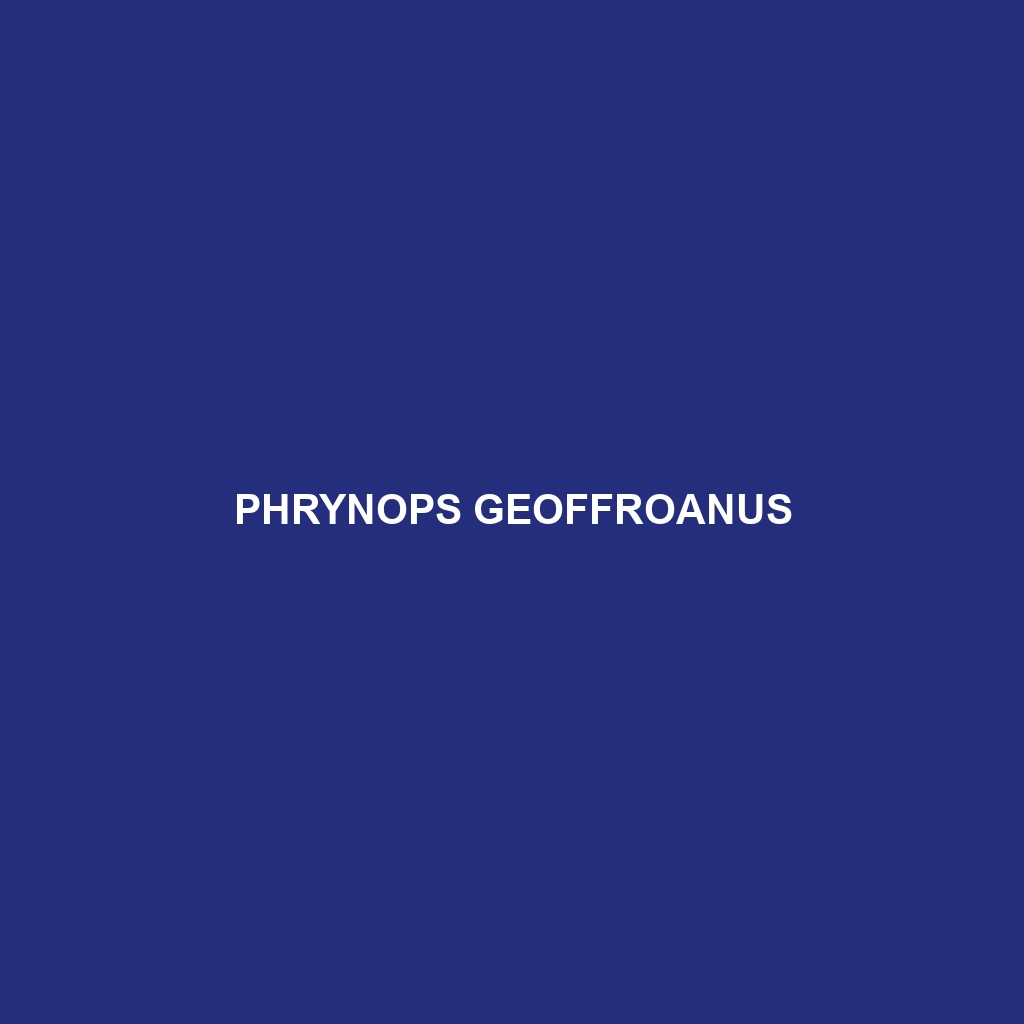Common Name
Geoffroy’s Sideneck Turtle
Scientific Name
Phrynops geoffroanus
Habitat
Phrynops geoffroanus, commonly known as Geoffroy’s Sideneck Turtle, is primarily found in a variety of freshwater habitats across South America. It is predominantly located in countries such as Brazil, Argentina, Paraguay, and Uruguay. These turtles favor slow-moving water bodies like rivers, swamps, and lakes, along with surrounding environments such as rainforests and savannas. The typical climate of their habitats ranges from tropical to subtropical, providing warm water temperatures that are crucial for their survival. The presence of abundant vegetation around these water bodies offers protective cover and nesting sites, further enhancing their living conditions.
Physical Characteristics
Geoffroy’s Sideneck Turtle is notable for its unique shell structure and physical features. Adults typically measure between 25 to 30 centimeters (about 10 to 12 inches) in carapace length. The shell is relatively flat and dark brown or olive in color, which aids in camouflage among the riverbed. One distinguishing characteristic of Phrynops geoffroanus is its ability to retract its head sideways into the shell, a feature that sets it apart from many other turtle species. The skin color ranges from gray to brown, with a lighter underside, and their limbs are strong and adapted for swimming, making them agile swimmers in their aquatic habitats.
Behavior
Phrynops geoffroanus exhibits a range of intriguing behaviors that promote its survival in the wild. These turtles are generally diurnal, displaying nocturnal behavior primarily during extremely hot days to avoid excessive heat. They are known to bask on logs or rocks during the day, absorbing sunlight to regulate their body temperature. Socially, they can often be seen in small groups, especially during the breeding season, where they engage in distinct mating rituals. Interestingly, they are also observed to be quite shy and can quickly retreat into water at the slightest indication of danger.
Diet
Geoffroy’s Sideneck Turtle is an omnivore, with a varied diet reflecting its adaptable feeding habits. In the wild, they primarily consume aquatic plants, insects, crustaceans, and small fish. Their feeding patterns are often dictated by the availability of food sources and seasonal changes in their habitat. During the dry season, when food is scarce, they might exhibit more herbivorous behavior, primarily grazing on algae and submerged plants. Their ability to forage both underwater and on land allows them to take full advantage of their environmental resources.
Reproduction
The reproductive cycle of Phrynops geoffroanus is an essential aspect of its life history. Mating typically occurs from late spring to early summer, with females laying clutches of up to 20 eggs in sandy or soft substrates near water bodies. The eggs incubate for approximately 60 to 75 days before hatching. After hatching, the young turtles are independent and must navigate their environment without parental care. This lack of parental involvement, while common in many turtle species, increases the risk of predation for the juvenile turtles during their vulnerable early life stages.
Conservation Status
Currently, Phrynops geoffroanus is regarded as a species of least concern according to the International Union for Conservation of Nature (IUCN). However, the population is threatened by habitat loss due to deforestation, pollution, and the introduction of invasive species. Conservation efforts focus on habitat protection and the implementation of sustainable land-use practices in areas where Geoffroy’s Sideneck Turtle is found, contributing to its ongoing survival.
Interesting Facts
Geoffroy’s Sideneck Turtle possesses several unique adaptations. One fascinating fact is its ability to breathe while submerged; it can absorb oxygen through its skin. This feature allows it to stay underwater for extended periods while hunting or evading predators. Additionally, this turtle has been observed to exhibit courtship displays that can involve intricate swimming patterns, which are essential for attracting mates.
Role in Ecosystem
Phrynops geoffroanus plays a vital role in its ecosystem, contributing to the health and balance of freshwater habitats. As both a predator and a prey species, it helps maintain the populations of various aquatic organisms by regulating their numbers. By consuming plant material and detritus, they also aid in nutrient cycling within their environment. As a part of the food web, they serve as prey for larger fish and birds, highlighting their ecological importance in sustaining biodiversity in South American aquatic ecosystems.
This formatted article provides a comprehensive overview of the Geoffroy’s Sideneck Turtle, adhering to the requested structure while being optimized for search engines and readability.
